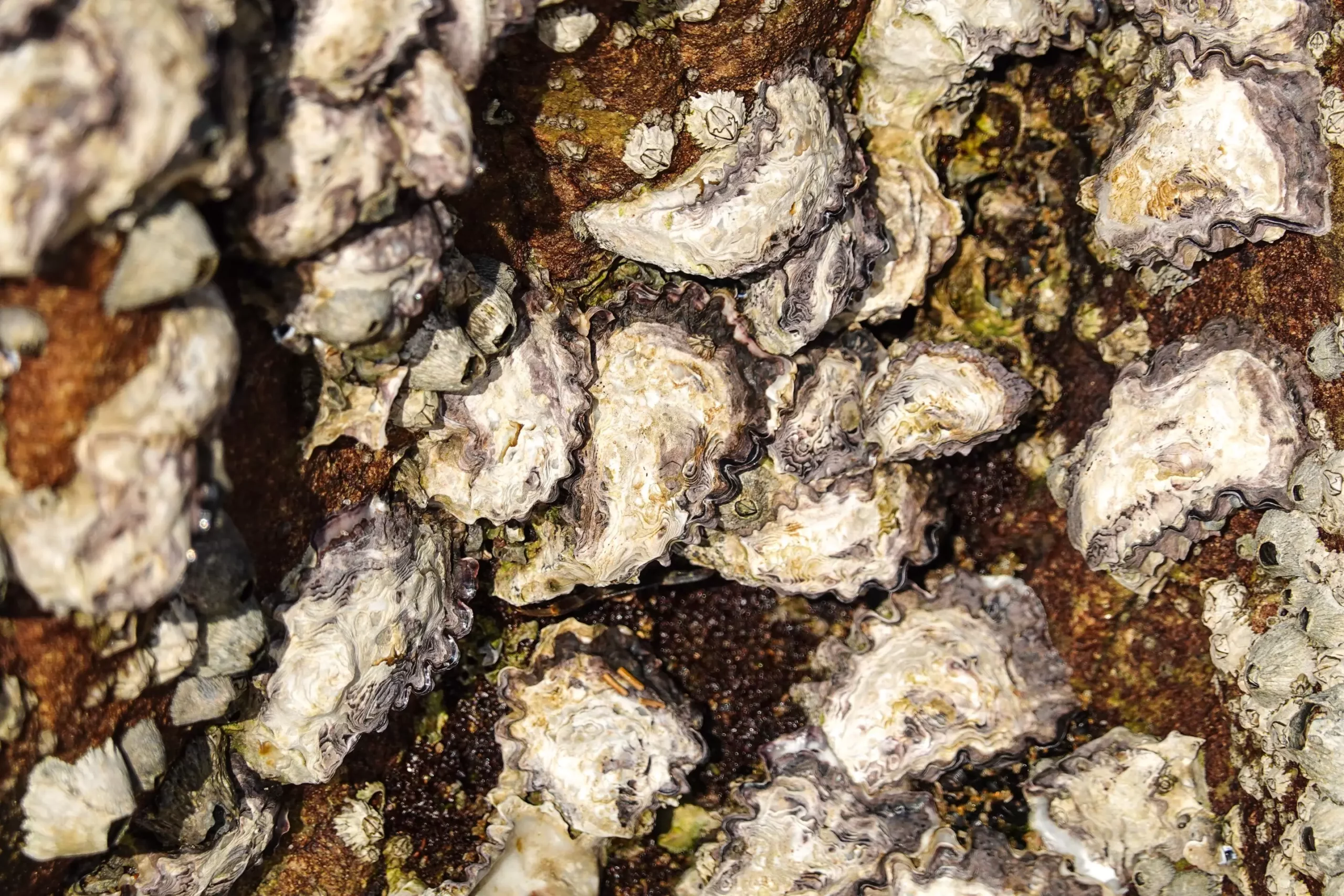Oysters have long been celebrated for their culinary appeal, but recent scientific explorations are unveiling their potential as a source for revolutionary adhesive technologies. The freshwater oyster species Etheria elliptica, endemic to African rivers and lakes, has drawn the attention of researchers interested in developing eco-friendly adhesives. A study utilizing advanced techniques at the Canadian Light Source (CLS) in Saskatchewan has disclosed the unique composition and properties of this oyster’s adhesive, leading to promising implications in various fields, from construction to dental care.
At the heart of this research is a significant discovery regarding the adhesive properties of Etheria elliptica oysters. Unlike most known adhesives in nature, this particular adhesive is composed of aragonite, a mineral that is structured in a distinct manner. Professor Rebecca Metzler and her team have noted that the oyster’s adhesive displays a fascinating gradient of hardness, being soft on the exterior and progressively harder towards the interior. This unique composition holds clues not just to the biology of these aquatic organisms but also to novel applications in synthetic materials.
The research undertaken by Metzler’s team was groundbreaking as it marked the first detailed study of the adhesive produced by Etheria elliptica. The findings, published in the journal *Advanced Materials Interfaces*, revealed an intricate arrangement of aragonite particles that form crystals of varying shapes and orientations. Understanding how the oyster binds to surfaces, particularly in underwater environments, opens doors to creating synthetic adhesives that mimic this natural formulation.
Potential Applications in Modern Technology
The implications of this research reach far beyond ecological interests. The adhesive derived from these oysters could revolutionize how society approaches bonding materials in several industries. One of the more immediate applications could be in the realm of dental implants. Current adhesives used in dentistry often contain synthetic compounds that are not environmentally friendly. An adhesive inspired by the natural bonding technology of oysters could lead to more biocompatible and sustainable options for dental procedures.
Moreover, the findings envisage replacing conventional adhesives used in packaging with biodegradable alternatives that minimize environmental impact. As consumer awareness increases regarding sustainability, products created from this oyster’s adhesive could become a staple in eco-friendly manufacturing practices. Additionally, there’s potential for these adhesives to support underwater construction, allowing for the building of structures that harmonize with marine ecosystems rather than disrupt them.
Beyond its industrial applications, the research holds significant conservation value. Freshwater mussel populations are declining globally, raising alarms about biodiversity loss and ecosystem stability. By understanding how Etheria elliptica creates its underwater habitats, scientists can advance conservation efforts that will not only protect the species but also the ecological niches they sustain.
Metzler’s team also indicates that ongoing research will aim to assess how climate change might be impacting these oyster populations. As the environment experiences fluctuations, understanding the adaptive mechanisms of these organisms could provide critical insights into ecological resilience and sustainability practices. The goal is to ensure that practices supporting oyster harvesting remain sustainable, thus preserving both the species and their habitats.
The exploration of oyster adhesives provides a compelling case for the significance of nature-inspired innovations in modern technology. From medical applications to ecological conservation, the implications of this research underscore the importance of understanding biological processes as we strive for a more sustainable future. This unique intersection of biology and material science not only highlights the value of under-researched species like Etheria elliptica but also serves as an urgent reminder of the relationship between environmental health and technological advancement. As we continue to uncover the secrets of nature, it becomes increasingly clear that the answers to some of our most pressing challenges may lie in the very ecosystems we strive to protect.


Leave a Reply